NPK
Active member
British Hempire, I had the same problem starting seedlings in coco: I'd soak my beans first, get some nice healthy tails going, and then lose the things just as you did after dropping 'em in coco. In fact, I managed to lose all my Mummia seedlings that way.  Coco is a fantastic medium, but I won't be using it for seedlings anymore.
Coco is a fantastic medium, but I won't be using it for seedlings anymore.
So I switched to peat plugs for seedlings, and that was the ticket to success. I soak the beans as usual and put 'em in damp paper towels once the little tails pop out. After two or three days, when the tails have started growing in earnest, I pop 'em in peat pellets. When I see the beginnings of roots popping out of the bottoms of the pellets, then I pop 'em in straight coco coir. Boom! The magic begins.
 Coco is a fantastic medium, but I won't be using it for seedlings anymore.
Coco is a fantastic medium, but I won't be using it for seedlings anymore.So I switched to peat plugs for seedlings, and that was the ticket to success. I soak the beans as usual and put 'em in damp paper towels once the little tails pop out. After two or three days, when the tails have started growing in earnest, I pop 'em in peat pellets. When I see the beginnings of roots popping out of the bottoms of the pellets, then I pop 'em in straight coco coir. Boom! The magic begins.




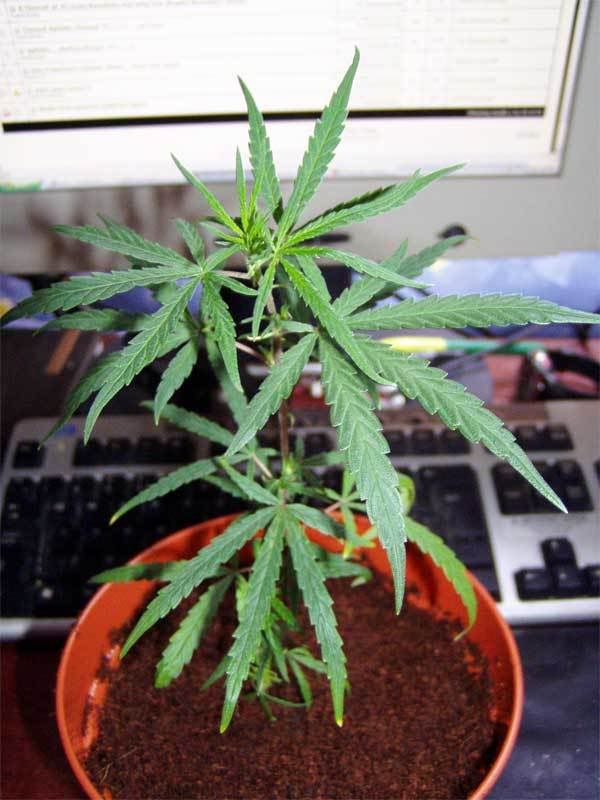



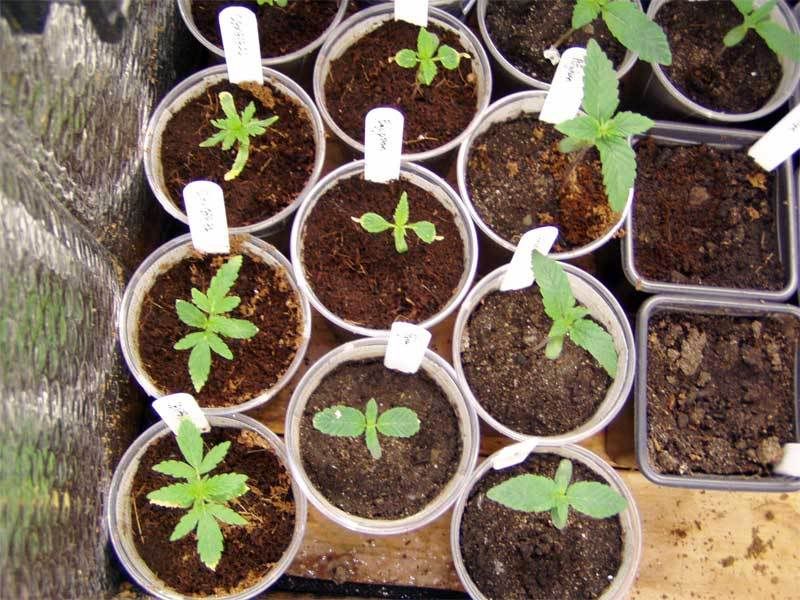
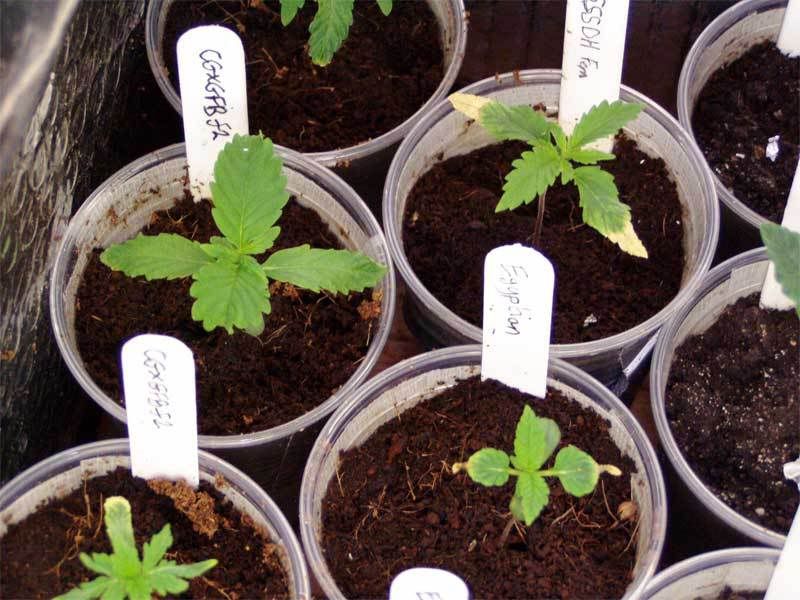
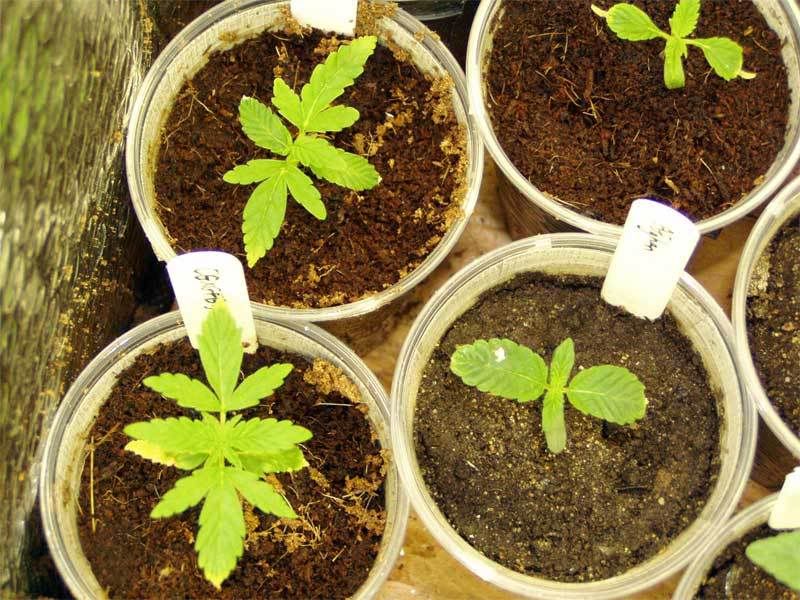
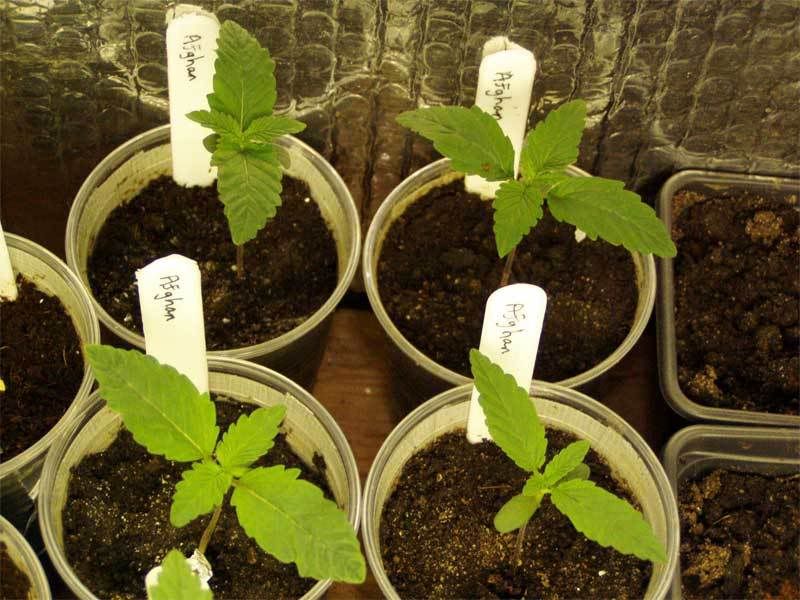

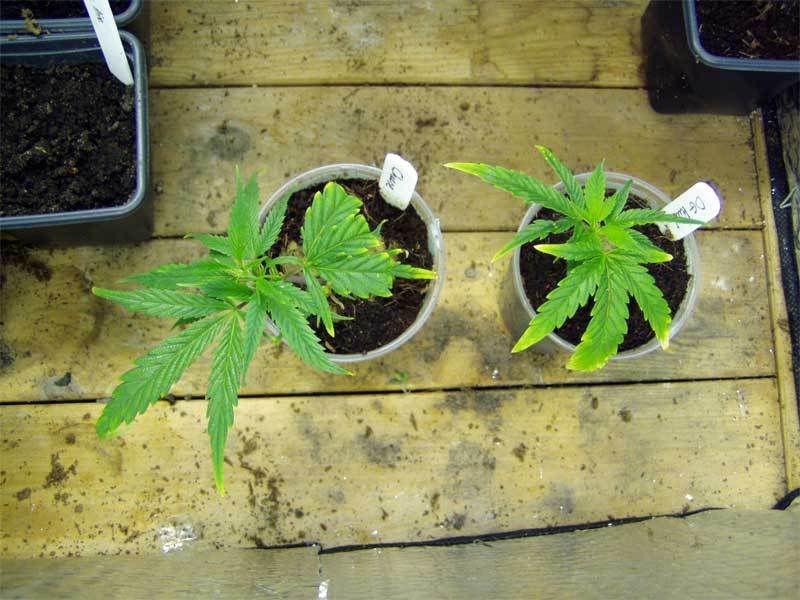

 ...it can be that simple....
...it can be that simple....
